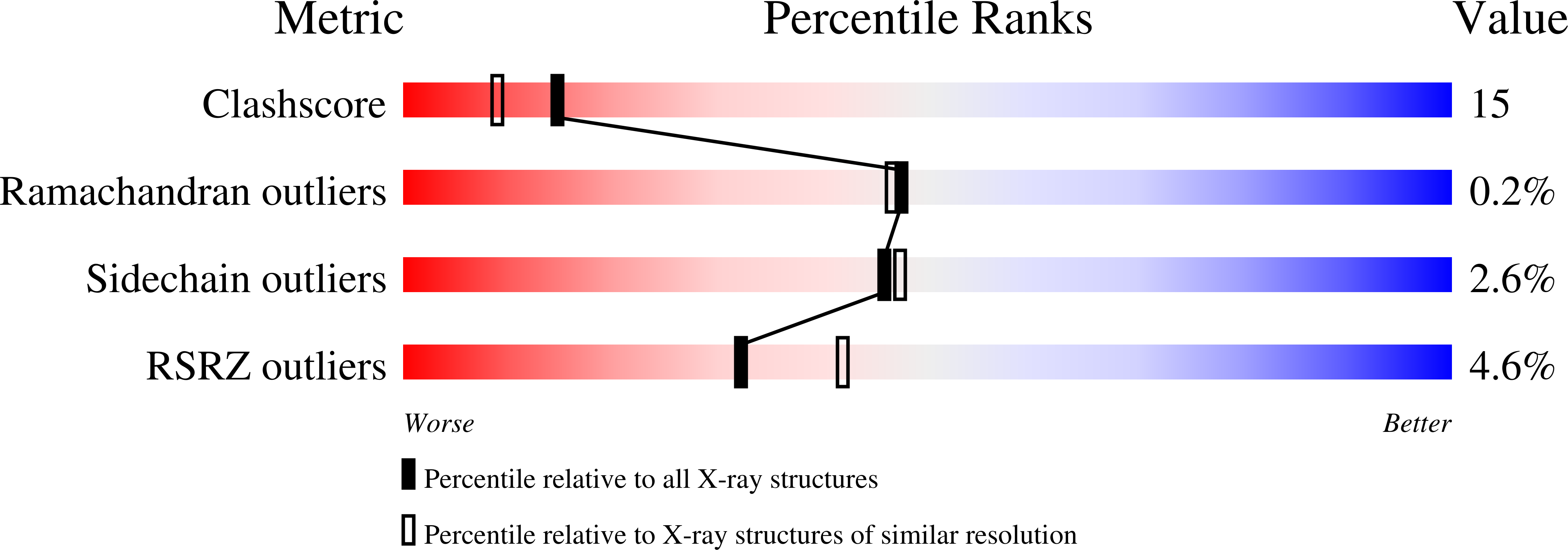
Deposition Date
2008-08-07
Release Date
2008-10-07
Last Version Date
2023-11-15
Entry Detail
PDB ID:
3E3H
Keywords:
Title:
Crystal structure of the OP hydrolase mutant from Brevundimonas diminuta
Biological Source:
Source Organism:
Brevundimonas diminuta (Taxon ID: 293)
Host Organism:
Method Details:
Experimental Method:
Resolution:
2.15 Å
R-Value Free:
0.21
R-Value Work:
0.18
R-Value Observed:
0.18
Space Group:
C 1 2 1


